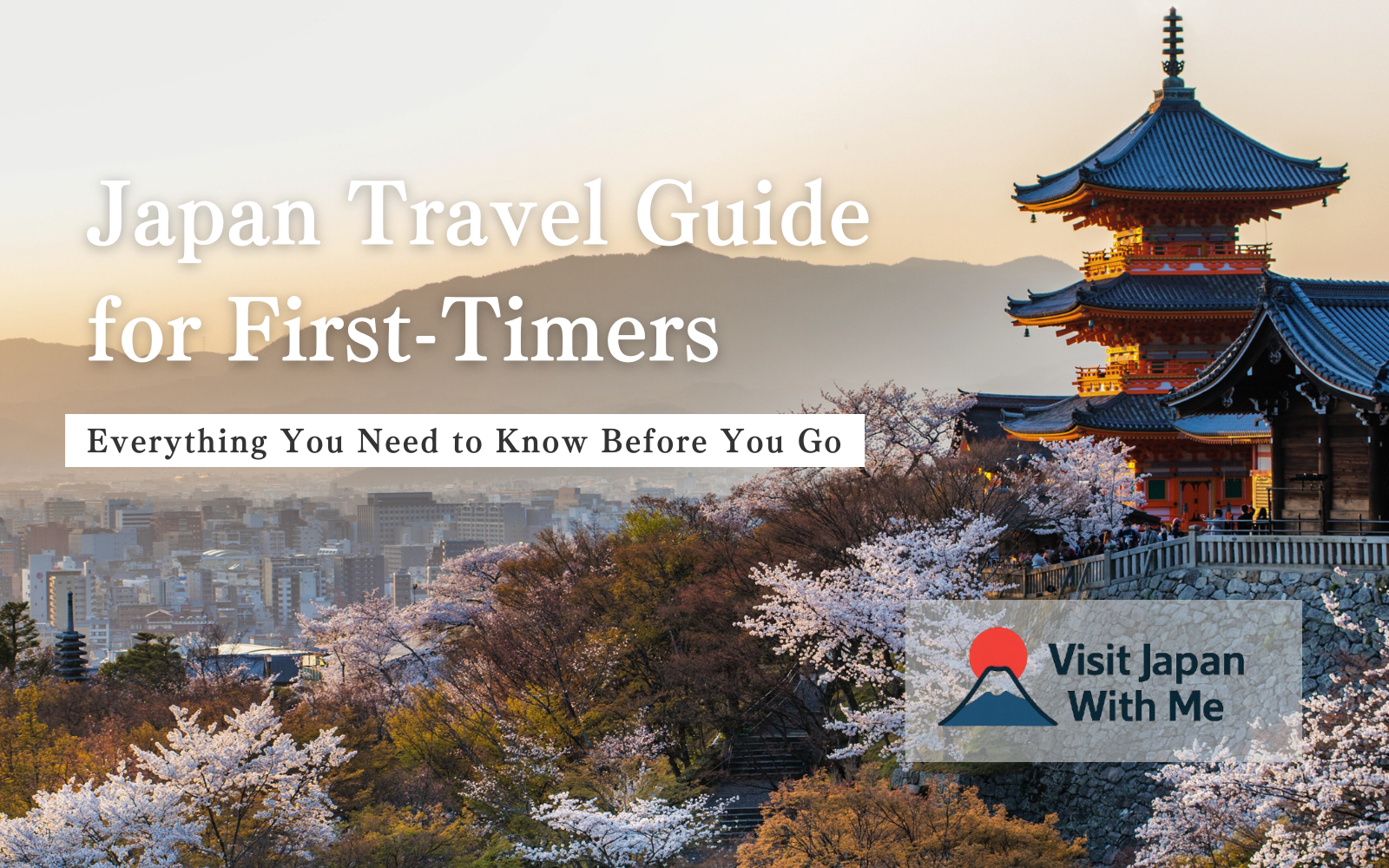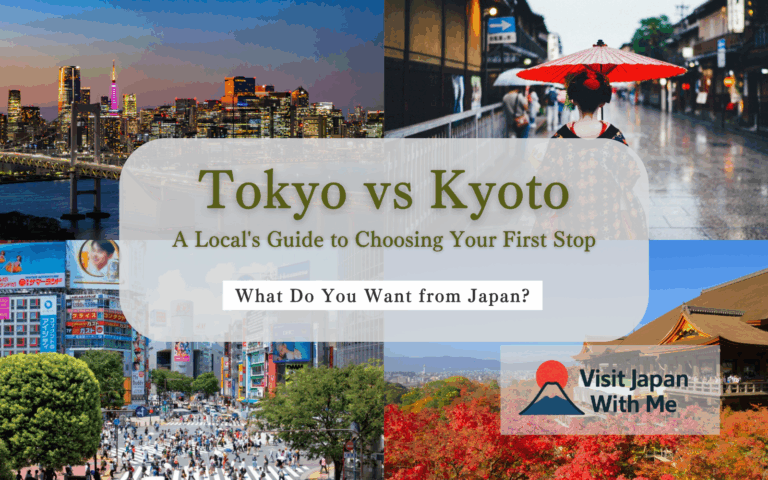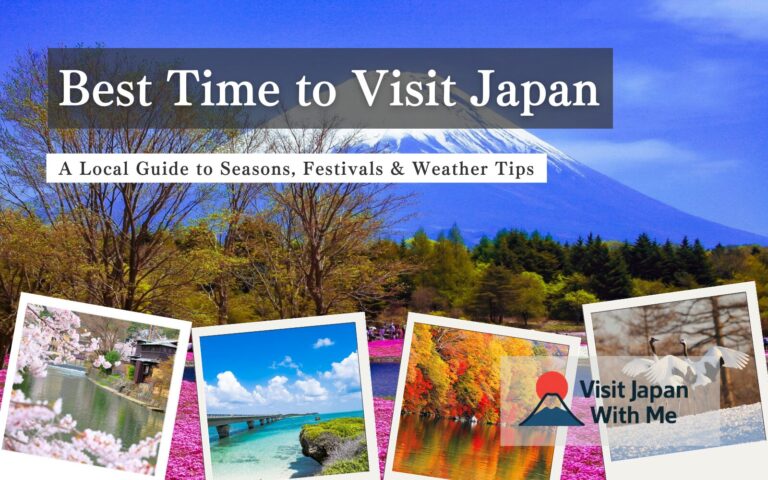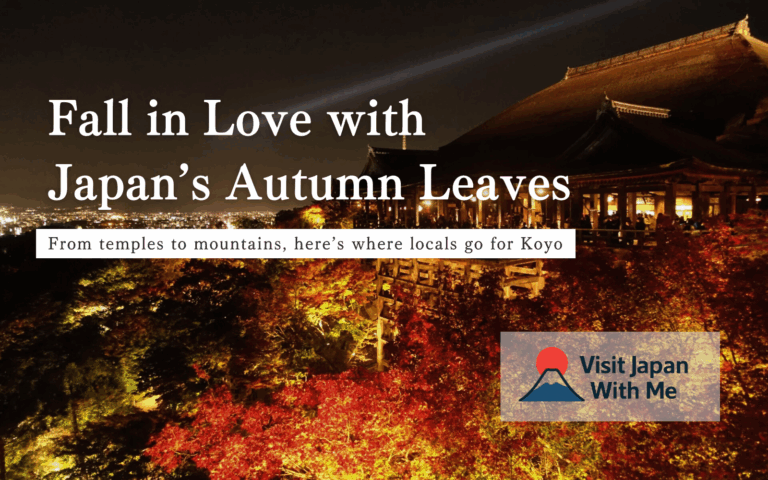Japan Travel Guide for First-Timers: Everything You Need to Know
A Complete and Practical Guide for Your First Trip to Japan
🗾 More Japan travel tips coming soon!
We’re a local team based in Japan, and we’re adding more helpful tips and real insider info soon.
Don’t miss out—bookmark this site and come back for fresh updates!
🔖 Bookmark NowIntroduction: Planning Your First Trip to Japan
Japan is a dream destination for many travelers. With its unique blend of traditional culture and modern life, world-class food, safe streets, and breathtaking seasonal scenery, it offers unforgettable experiences year-round.
But for first-time visitors, planning a trip to Japan can feel overwhelming.
As a Japanese person living in Japan, I’ve created this guide to share practical tips and cultural insights that reflect everyday life here—so you can travel with confidence and truly connect with the country.
1. When Is the Best Time to Visit Japan?
Japan has four distinct seasons, each offering something different:
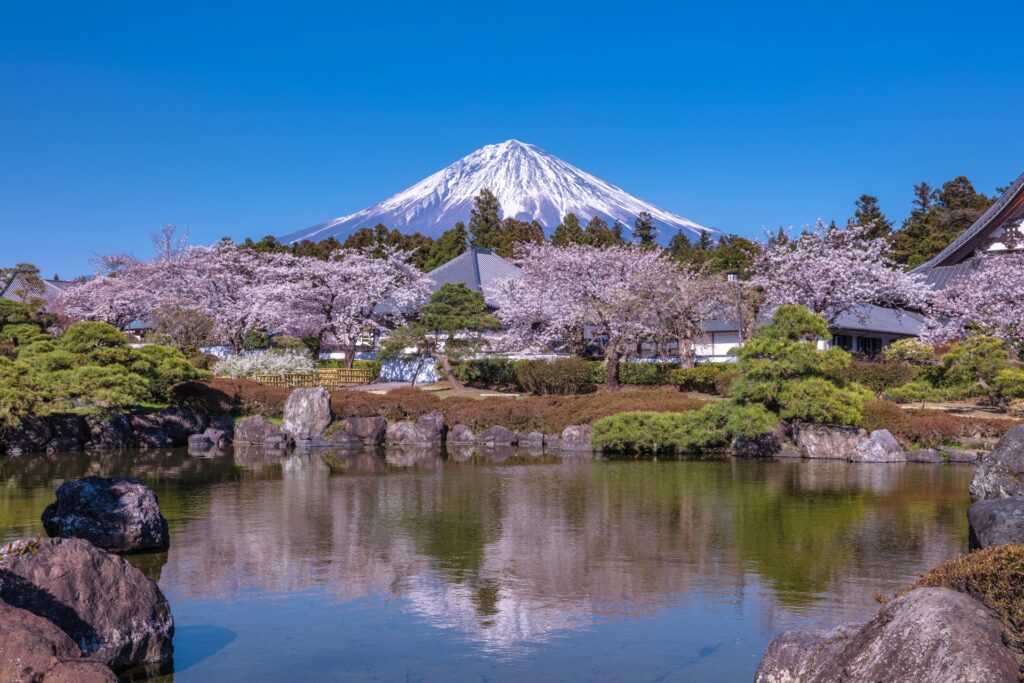
🌸 Spring(March–May)
Cherry blossoms in full bloom across the country. Visit famous spots like Ueno Park in Tokyo or Philosopher’s Path in Kyoto. Enjoy hanami picnics under the sakura trees, seasonal wagashi (Japanese sweets), and mild, comfortable weather.
▶ Popular Events: Hanami festivals, spring illumination.
☀️ Summer(June–August)
Hot and humid, but full of excitement. Vibrant summer festivals, dazzling fireworks, and traditional yukata make the atmosphere electric. Hike in the Japanese Alps or enjoy the beach in Okinawa.
▶ Popular Events: Gion Matsuri (Kyoto), fireworks festivals (Tokyo Bay, Nagaoka), Obon dances.
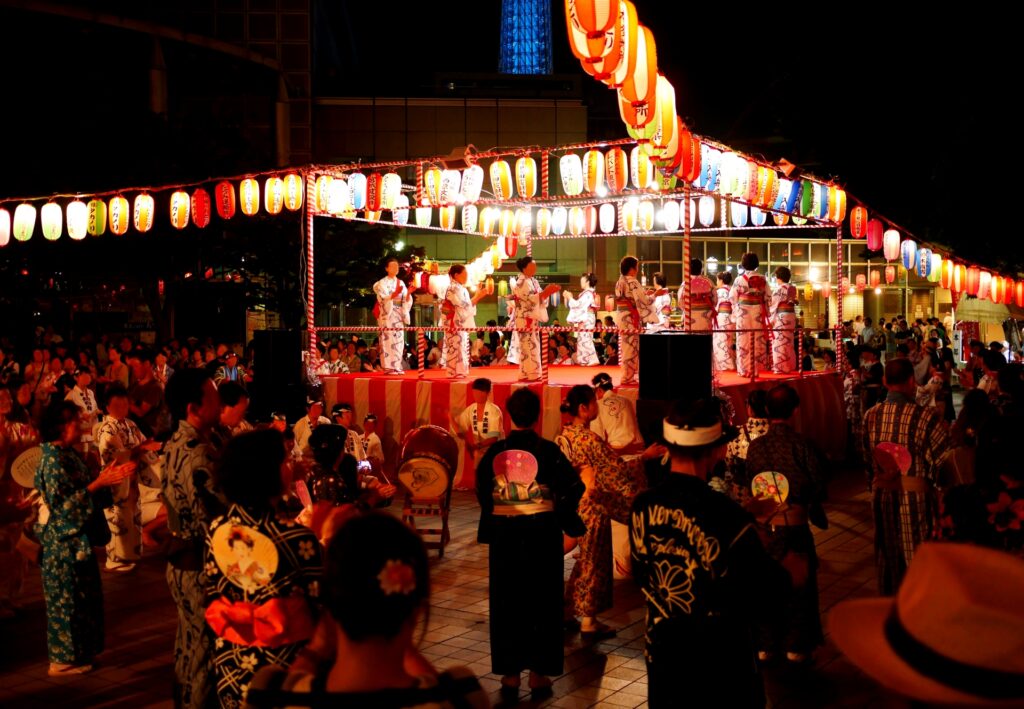
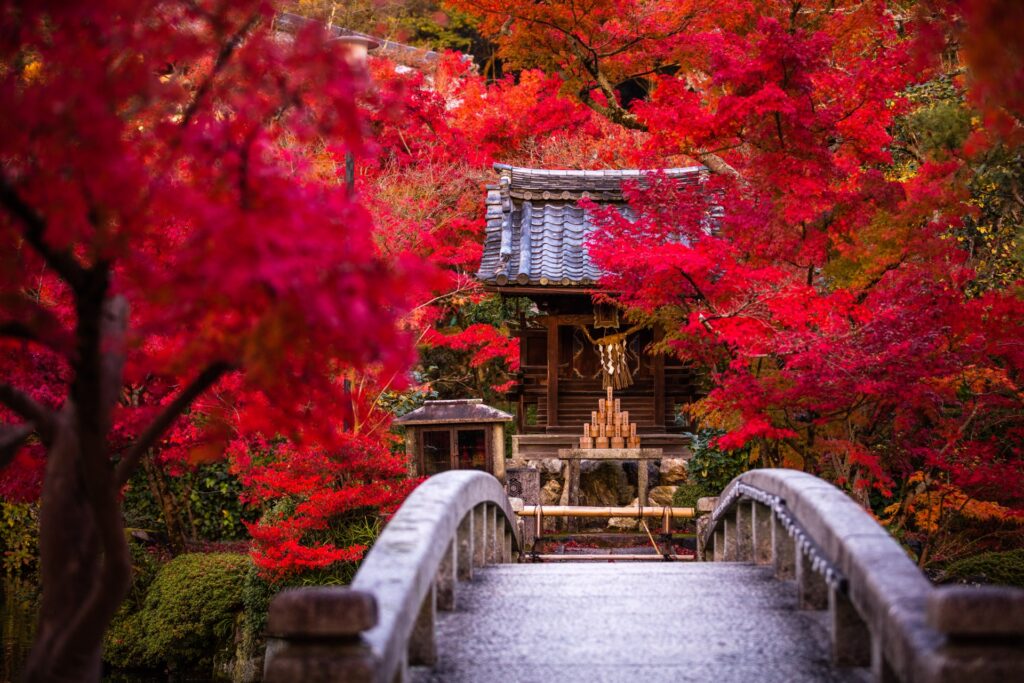
🍁 Autumn(September–November)
Pleasant temperatures with stunning fall foliage in places like Nikko, Arashiyama, or Mount Takao. The air is crisp, the food is rich—perfect for temple visits and enjoying seasonal cuisine like matsutake mushrooms and sweet potatoes.
▶ Popular Highlights: Momiji hunting (leaf-peeping), harvest festivals.
❄️ Winter(December–February)
Snow-covered landscapes, relaxing onsen (hot springs), and cozy winter cuisine like nabe and oden. Visit snowy regions such as Hokkaido or Shirakawa-go, or enjoy winter illuminations in cities.
▶ Popular Activities: Skiing, snow festivals (e.g. Sapporo Snow Festival), hot spring getaways.
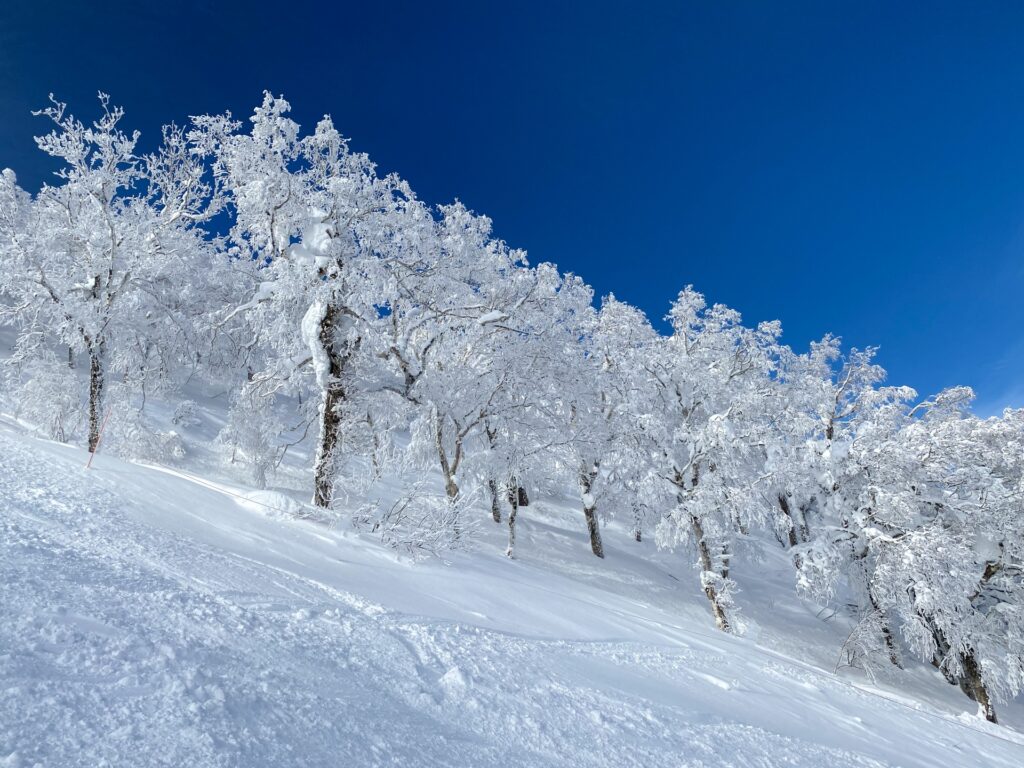
💡 Tip: Spring and autumn are most popular for first-time visitors due to comfortable weather and scenic beauty.
2. Do You Need a Visa to Visit Japan?
As of 2025, citizens of over 70 countries—including the US, UK, Canada, Australia, and most EU nations—do not need a visa to visit Japan for tourism stays of up to 90 days.
However, it’s always a good idea to check with your local Japanese embassy or consulate for the latest entry requirements before you travel.
Basic entry requirements:
- A valid passport
- A return or onward flight ticket
- Completion of the Visit Japan Web form (recommended for smooth entry)
Immigration is efficient at major airports like Narita, Haneda, and Kansai.
3. How Much Does a Trip to Japan Cost?
Here’s a rough budget for a 7-day trip for two people:
| Category | Estimated Cost (USD) | Approx. JPY (¥) |
|---|---|---|
| Flights | $1,800 | ¥270,000 |
| Hotels | $1,000 | ¥150,000 |
| JR Pass (2×7 days) | $550 | ¥82,500 |
| Food | $420 | ¥63,000 |
| Attractions | $200 | ¥30,000 |
| Miscellaneous | $150 | ¥22,500 |
| Total | $4,120 | ¥618,000 |
💡 ※ Assumed exchange rate: 1 USD = 150 JPY
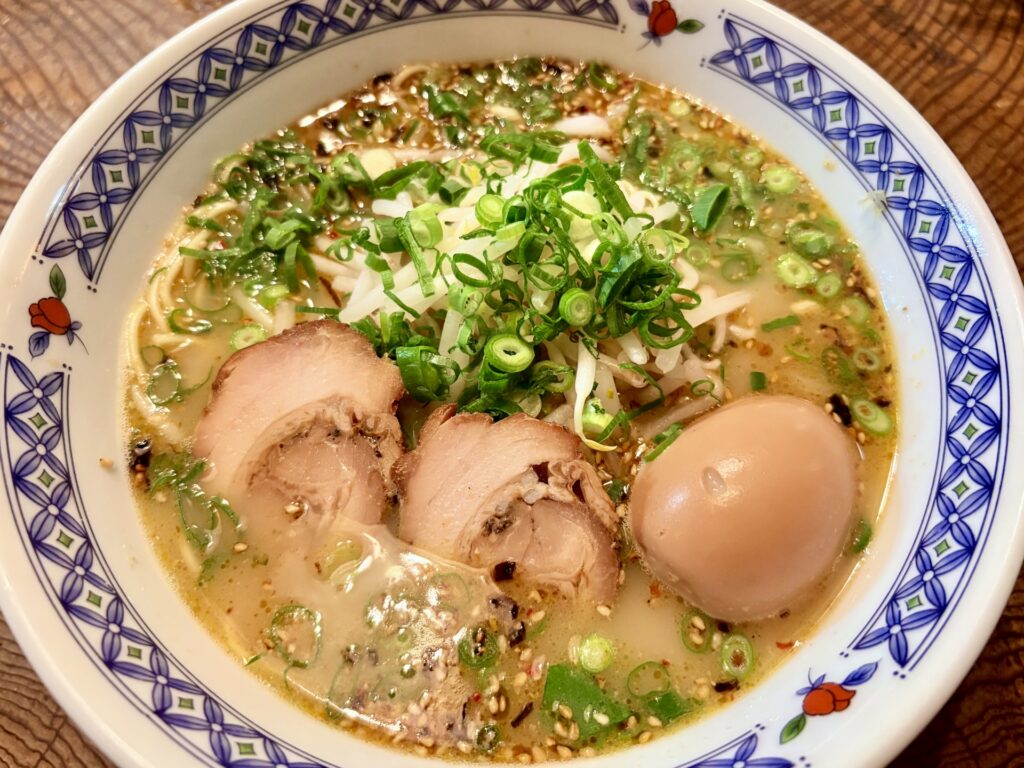
As someone living in Japan, I can say that everyday meals remain quite affordable.
For example, gyudon (beef bowl) is often just ¥500 (around $3.30), and ramen is usually around ¥800 (about $5.30).
Even with recent price increases, ¥1,000 (roughly $6.70) is still enough for a decent lunch in most areas.
Budget-conscious travelers can spend much less by choosing hostels, night buses, and convenience store meals. On the other hand, luxury options are plentiful too.
4. Transportation in Japan: Easy Once You Know How
Japan’s transportation system is clean, fast, and reliable.
In fact, trains are the most commonly used mode of transport among Japanese people—not just for tourists, but also for daily commuting, school, and weekend trips.
You’ll see how seamlessly integrated the train network is into everyday life across the country.
Getting Around:
- Use IC cards like Suica or Pasmo for trains, subways, and buses.
- For long-distance travel, the Japan Rail Pass offers excellent value (must be purchased before arrival).
- Local trains and buses require exact fares or IC card taps.
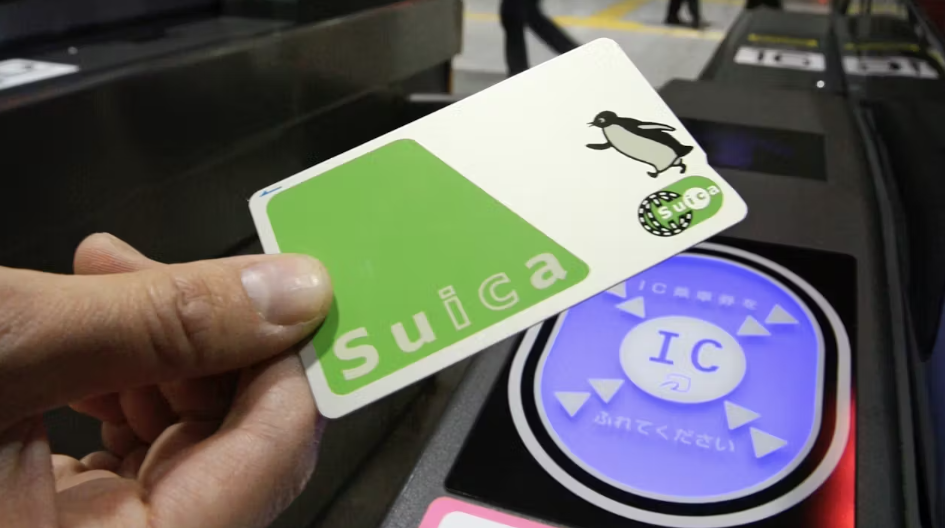
Recommended Apps:
- Google Maps – For real-time train info and walking directions.
- Japan Travel by NAVITIME – Transit planning with English support.
- JR-Eki-net – For booking Shinkansen online.
🚇 Tip: Google Maps often tells you which car to board for the fastest exit—super helpful!
5. Where to Stay in Japan

There’s a wide variety of accommodations to suit all tastes and budgets:
- Hotels: Ranges from budget chains to luxury towers with city views.
- Ryokan: Traditional inns offering tatami floors, futon bedding, and kaiseki meals.
- Capsule Hotels: A fun and futuristic option for solo travelers or quick stays.
- Guesthouses & Airbnb: Good for longer stays or social interactions.
Look for accommodations near major train stations for convenience.
In large hotels or in major tourist cities like Tokyo and Osaka, it’s quite common to find English-speaking staff.
Many also offer online check-in options, which can make your arrival smoother.
6. What to Eat in Japan
Japanese cuisine is one of the absolute highlights of visiting Japan.
Whether you’re a foodie or just curious, trying local dishes is an essential part of the travel experience.
Here are some of the most iconic and widely loved Japanese foods to try:
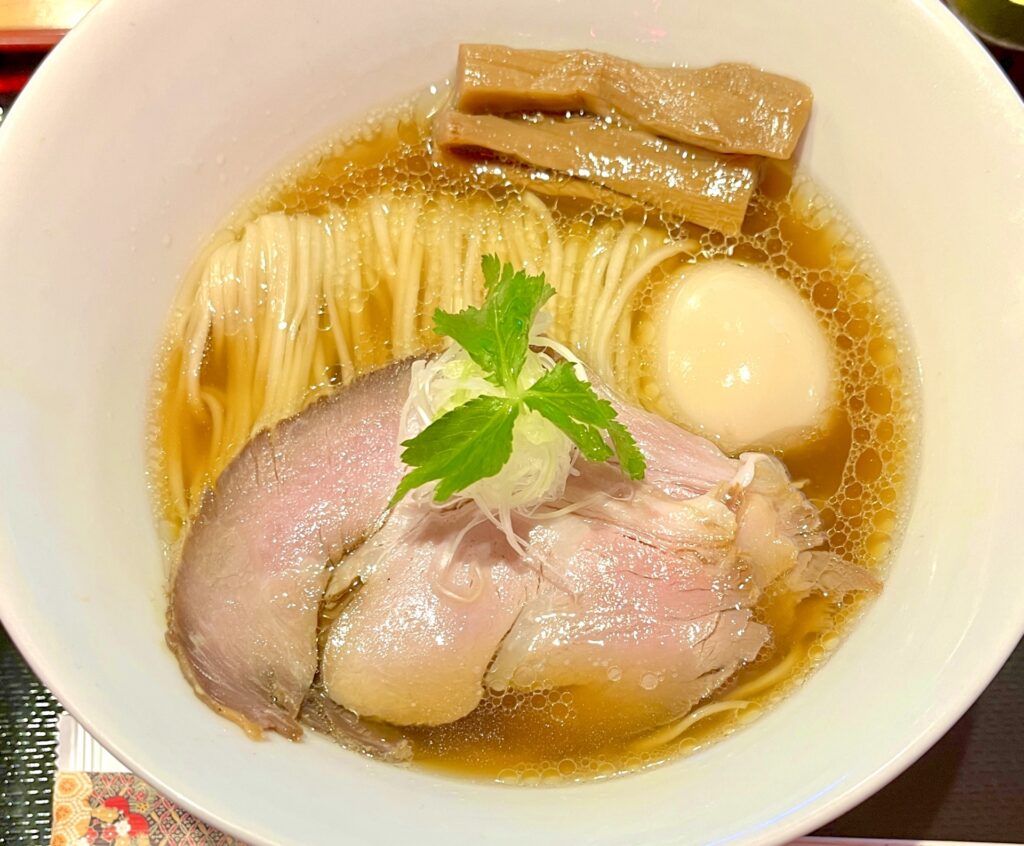
Ramen – Noodles served in a rich, flavorful broth with toppings like sliced pork, egg, and green onions.
➤ You’ll find ramen shops everywhere—from major chains like Ichiran to tiny local favorites. Ordering is often done via a vending machine at the entrance.
Sushi – Fresh raw fish or seafood on seasoned rice.
➤ Try conveyor belt sushi (kaitenzushi) for a casual experience. Sushiro and Uobei are easy to access for visitors.
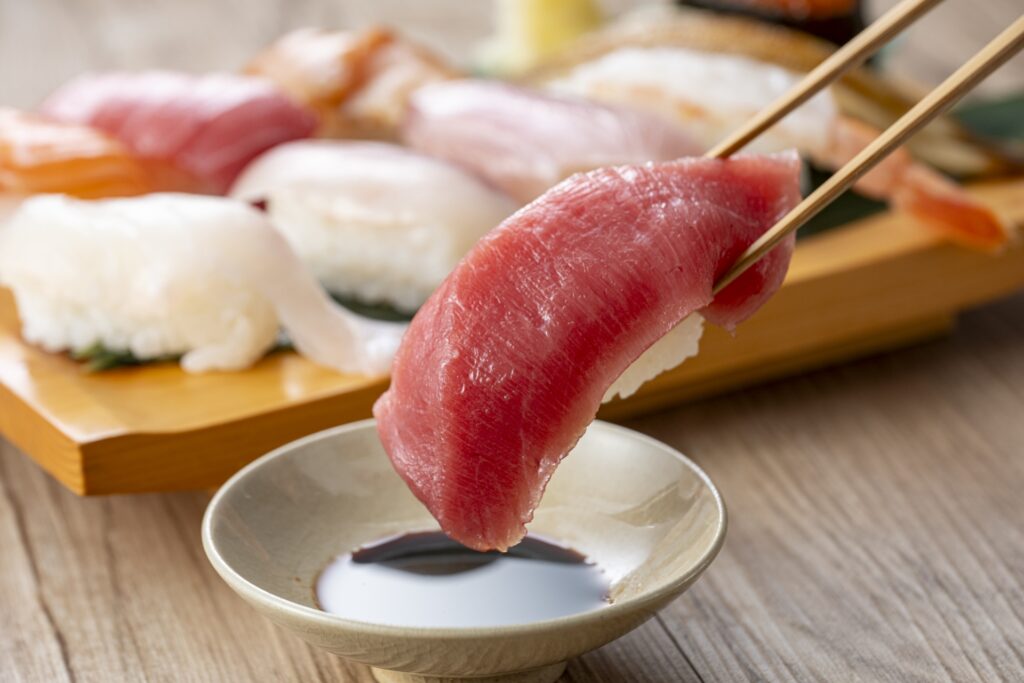
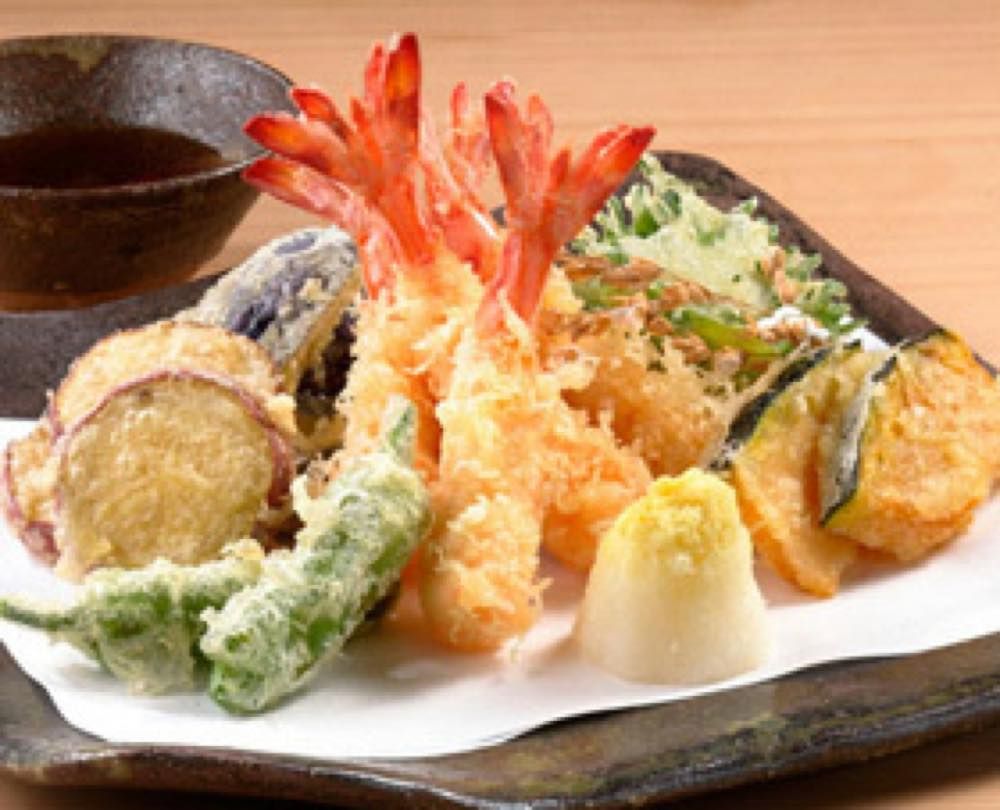
Tempura – Lightly battered and deep-fried seafood or vegetables.
➤ Often served as a set meal in restaurants or bento boxes. Look for tempura counters in department store basements or popular chains like Tenya.
Okonomiyaki – A savory pancake filled with cabbage, meat, or seafood, topped with sauce, mayonnaise, and bonito flakes.
➤ Best known in Osaka and Hiroshima. Many restaurants let you grill it yourself at the table.
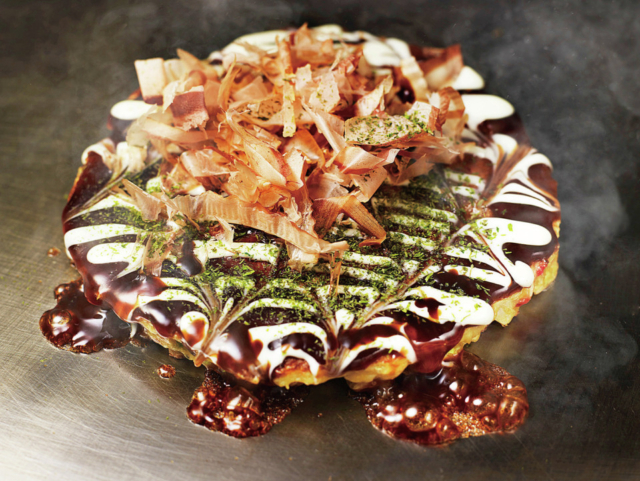
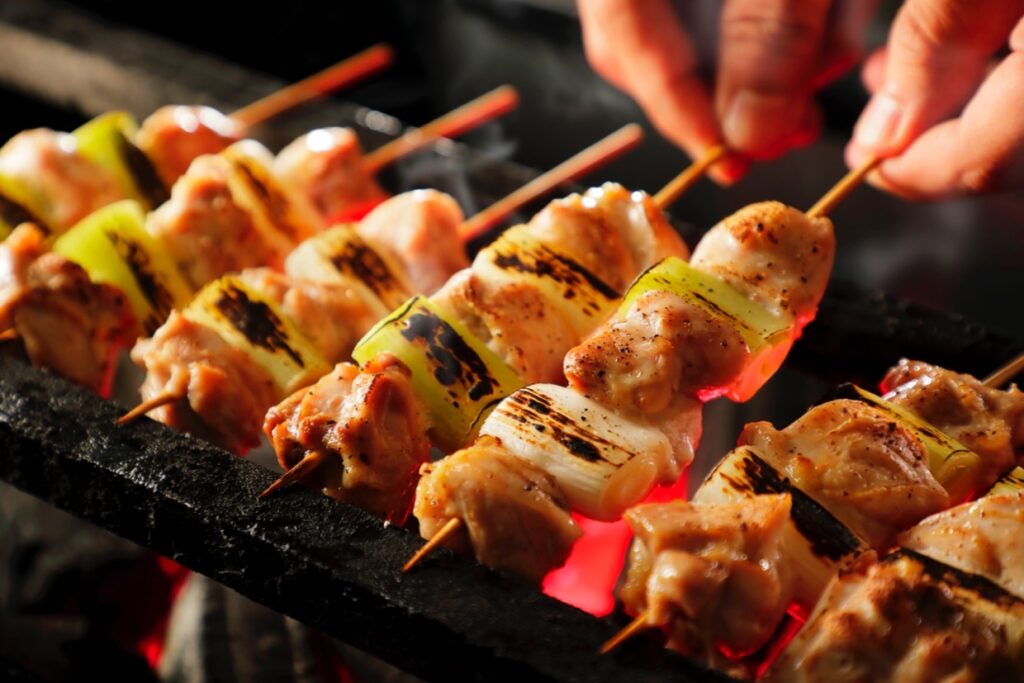
Yakitori – Grilled chicken skewers, seasoned with tare sauce or salt.
➤ Often found at izakayas (Japanese pubs) or food stalls near train stations. A great choice for dinner with drinks.
💡 Tip: English menus or photo menus are common, especially in big cities. Don’t be afraid to try something new!
Dietary Concerns:
- Vegetarian and vegan options exist but may require planning.
- Look for restaurants on HappyCow or search for “vegetarian ramen” in large cities.
- Many restaurants use photo menus or English translations.
🍴 Tip: Even small restaurants often deliver high quality. Don’t hesitate to explore.
7. Japanese Etiquette: What You Need to Know
Cultural differences can be surprising, but they’re easy to respect with a little preparation — and doing so will make your trip smoother and more enjoyable.
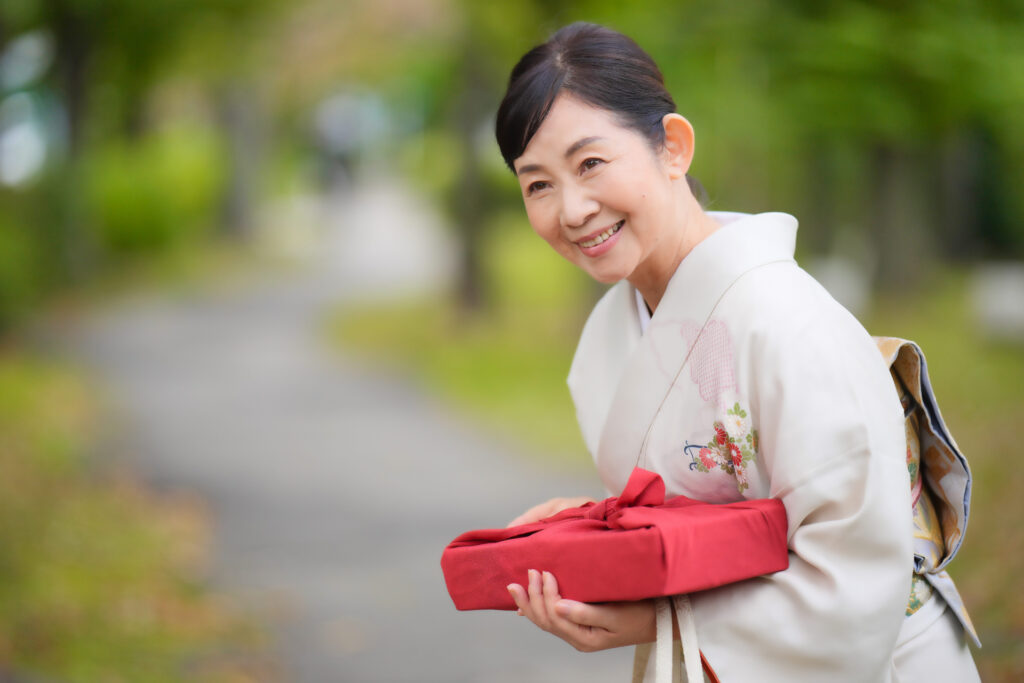
- Take off your shoes when entering homes, temples, and many traditional restaurants or ryokan. If there are slippers provided, use them — but switch to separate “toilet slippers” when entering the bathroom (you’ll often find them by the door).
- Keep quiet on trains and buses. Talking on the phone is generally considered rude. Even conversations with friends are kept soft — it’s part of the unspoken rule of being considerate in public.
- No tipping — service is included in the price, and tipping is not expected at restaurants or taxis. A polite “Arigatou” (ありがとう) is more than enough.
- 💡 However, if you really want to show extra appreciation — such as at a high-end ryokan or to a private guide — you can quietly give a clean bill (like ¥1,000 or ¥5,000) wrapped in tissue paper or placed in a small envelope. This is called kokorozuke (心づけ), and it’s seen as a thoughtful gesture when done respectfully.
- Wait in line patiently at train platforms, elevators, and even convenience stores. You’ll often see clear markings on the ground. Jumping the queue or speaking loudly is frowned upon.
Other things to keep in mind:
- Eating while walking is generally discouraged in quiet neighborhoods or train stations, but it’s totally fine in street food areas like Tsukiji Market, Asakusa, or Nara Park, where enjoying snacks as you stroll is part of the local experience.
- Eating and drinking on trains is considered bad manners on most commuter trains. It’s okay on long-distance trains like the Shinkansen, where people often bring bento or drinks — just be tidy and avoid strong smells.
- Sitting directly on the ground in public places like station platforms, sidewalks, or busy streets is generally frowned upon. If you need a break, look for a bench or designated rest area. Sitting on the grass is fine in parks or during events like cherry blossom viewing (hanami) — just use a mat or blanket.
🙏 Tip: A little politeness goes a long way in Japan. Even a small bow or a heartfelt “Arigatou” can leave a great impression.
8. Final Thoughts: Why Japan Is Worth Visiting
Japan offers something for every traveler—history, food, nature, technology, and peace. Whether you’re exploring the neon streets of Tokyo or the tranquil temples of Kyoto, you’ll be met with kindness, safety, and unforgettable beauty.
Prepare ahead, stay curious, and embrace the cultural differences with an open heart.
Your first trip to Japan may just become the beginning of a lifelong love for the country.
📌 Save This Guide or Share It with a Friend Planning a Trip to Japan!
Need help choosing between Tokyo and Kyoto? Check out our next article:
👉 Tokyo vs Kyoto: What Do You Want from Japan?
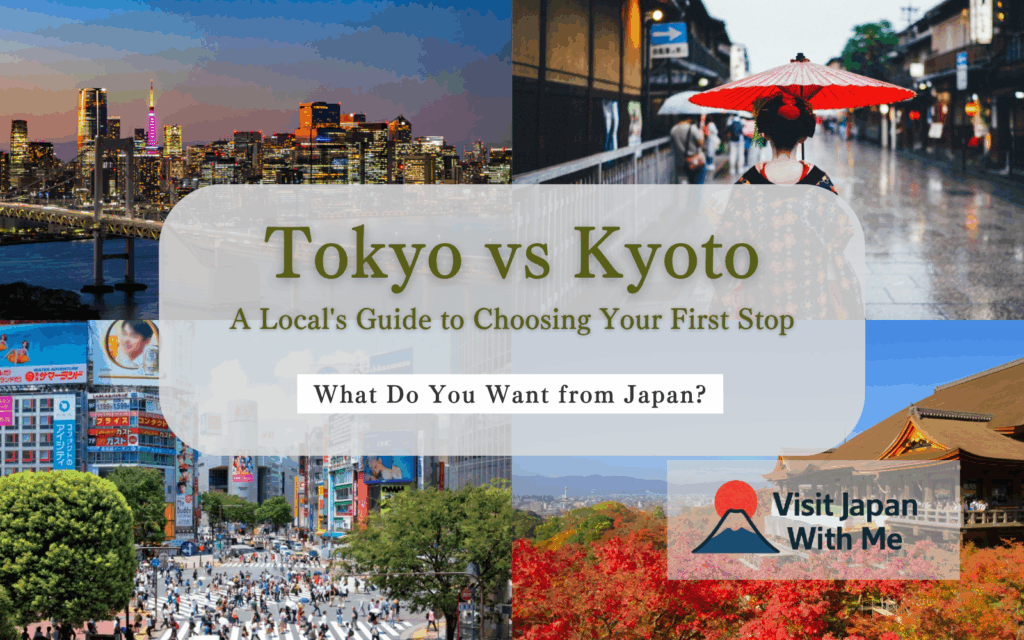
Not sure whether to visit Tokyo or Kyoto first?
It all comes down to what you want from your trip. Whether you’re drawn to Tokyo’s neon lights, pop culture, and fast-paced city life, or Kyoto’s serene temples, traditional streets, and timeless charm, this guide compares the two side-by-side—helping you choose the Japan that matches your travel dreams.
🗾 More Japan travel tips coming soon!
We’re a local team based in Japan, and we’re adding more helpful tips and real insider info soon.
Don’t miss out—bookmark this site and come back for fresh updates!
🔖 Bookmark Now
